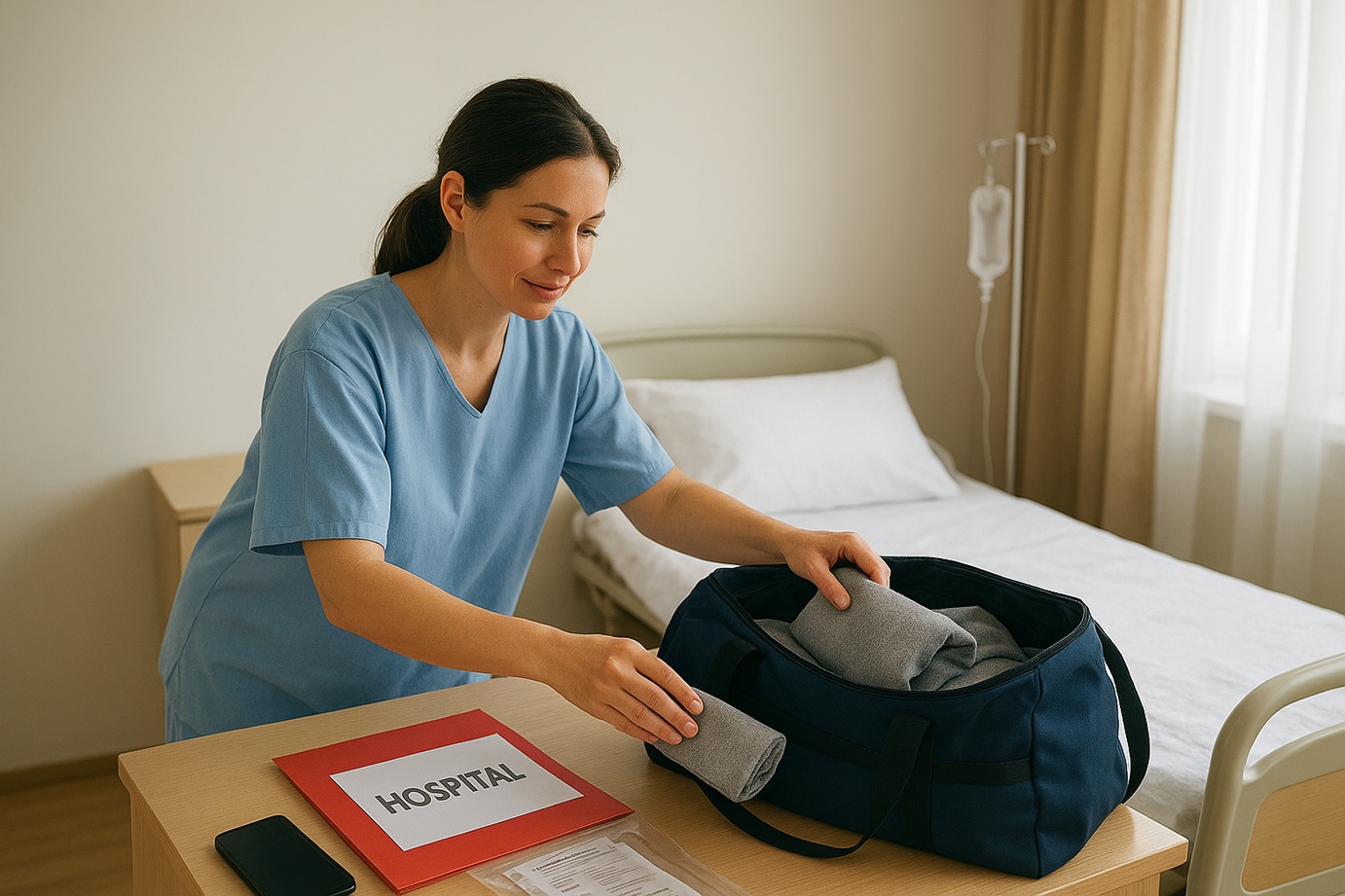05
Jun 2018
Flu Season 2018: When Should You Get Your Influenza Shot This Year
Published in General on June 05, 2018

In Australia, last year’s season of killer flu made international headlines after over 250,000 people contracted the virus. This year, health professionals are saying that 2018 could be much, much worse and they are pushing people in every age group and demographic to go and get their flu shot in anticipation of this.
Greg Hunt – Health Minister – has led this initiative in a visit to the SIA Medical Centre in Victoria, which kicked off the government’s 2018 vaccination programme. During the visit, Member for Chisholm Julia Banks and Australia’s CMO Professor Brendan Murphy were seen having their flu injections administered.
#1: The Professional Opinion
GP Dr Brad McKay said that those most at risk included young children (under the age of 5) and women who are pregnant.
“People over the age of 65 and people with chronic health conditions such as diabetes, asthma and heart disease are also more at risk.”
“Kids are a great breeding ground for viruses. They produce lots of viruses and they can give it to their grandparents.”
“Grandparents are actually at risk of dying with 90 percent of deaths happening within that older population last year.”
#2: The Situation Last Year
Between July and November last year was when the majority of people fell became from the flu virus, Dr. McKay said. He also said that the Australian government’s $4.5 million vaccine was actively being divvied out to medical clinics all across the country this week.
“Any time from now is the best time to get your flu shot, “he said.
“The flu virus changes every season so every year its different strains and even over the season it changes from influenza A to influenza B.”
In 2017, the flu virus took the lives of over 1,000 people in Australia.
“We have good years and bad years, so last year was a terrible year,” Dr McKay said.
“Overall, the flu vaccine we were giving out, on average, only worked about 33 percent of the time”
“Now, we have super-duper doses for the elderly, so hopefully we’re not going to have the same experience as last year.”
#3: How to Avoid the Flu
There are lots of ways you can avoid contracting the flu! If you work in an office and somebody comes down with a bug, use sanitizer wipes to give surfaces used by multiple people (such as microwaves and the printer) a quick rub-down before using it yourself. The office environment is one of the most common ways people catch flu nowadays, so it pays to be prepared for when the office cold and flu outbreak comes around!
Other ways to avoid the flu include taking on plenty of water, ensuring your immune system is in top condition (plenty of sleep, a good, nutrient-rich diet etc) and actively avoiding people who you know are infected by a flu virus.
By taking a few simple preventative steps, you can avoid being ran down by the flu virus which confines many Australians to their beds each year.
The National Immunisation Program aims to increase national immunisation rates by funding free vaccination programs and communicating information about immunisation to the general public and health professionals.








![“Surprise Noises Can Feel Like Pain”: New Airport Rule Eases Travel for Autistic Passengers Emma Beardsley once dreaded going through airport security. “I used to panic every time they made me take my headphones off at security,” she recalls. “The noise and the unpredictability can be overwhelming.” Now, thanks to a new policy allowing noise-cancelling headphones to remain on during security checks, Beardsley says she can “travel more confidently and safely.”
In Australia, one in four people lives with a disability, yet the travel system has often failed to accommodate varied needs. Autism-inclusion advocates at Aspect Autism Friendly have welcomed the government’s updated guidelines that let autistic travellers keep their noise-reducing headphones on during screening, calling it a “major step” toward more accessible air travel.
Dr Tom Tutton, head of Aspect Autism Friendly, emphasises the significance of travel in people’s lives: it connects them with family, supports work and learning, and offers new experiences. But he notes the typical airport environment can be especially intense for autistic travellers:
“Airports are busy, noisy, random and quite confusing places … you’ve got renovations, food courts, blenders, coffee grinders, trolleys clattering … and constant security announcements. It’s really, really overwhelming.”
“What might be an irritation for me is something that would absolutely destroy my colleague [who has autism]. Surprise noises of a certain tone or volume can genuinely be experienced as painful.”
Under the new policy — now published on the Australian Government’s Department of Home Affairs website — passengers who rely on noise-cancelling headphones as a disability support may request to wear them through body scanners. The headphones may undergo secondary inspection instead of being forcibly removed.
Dr Tutton describes this adjustment as small in procedure but huge in impact: it removes a key point of sensory distress at a critical moment in the journey. Aspect Autism Friendly is collaborating with airports to ensure that all security staff are informed of the change.
For many autistic travellers, headphones aren’t just optional — they are essential to navigating loud, unpredictable environments. Until now, being required to remove them during security has caused distress or even deterred travel.
Aspect Autism Friendly also works directly with airports, offering staff training, autism-friendly audits, visual stories, sensory maps, and other accommodations. Their prior collaborations include autism-friendly initiatives with Qantas. Dr Tutton notes:
“Airports have become this big focus for us of trying to make that little bit of travel easier and better.”
He advises people planning trips for travellers with disabilities to consult airport websites ahead of time. Some airports already offer quiet rooms or sensory zones — Adelaide, for instance, provides spaces where travellers can step away from the noise and regroup before boarding.
Beyond helping autistic individuals, Dr Tutton believes that more accessible airports benefit everyone. “These supports help lots of other people too,” he says. “When people are more patient, kind and supportive, the benefits flow to everyone. We all prefer environments that are well-structured, sensory-friendly, predictable and easy to navigate.”](https://c3eeedc15c0611d84c18-6d9497f165d09befa49b878e755ba3c4.ssl.cf4.rackcdn.com/photos/blogs/article-1061-1759742013.jpg)
